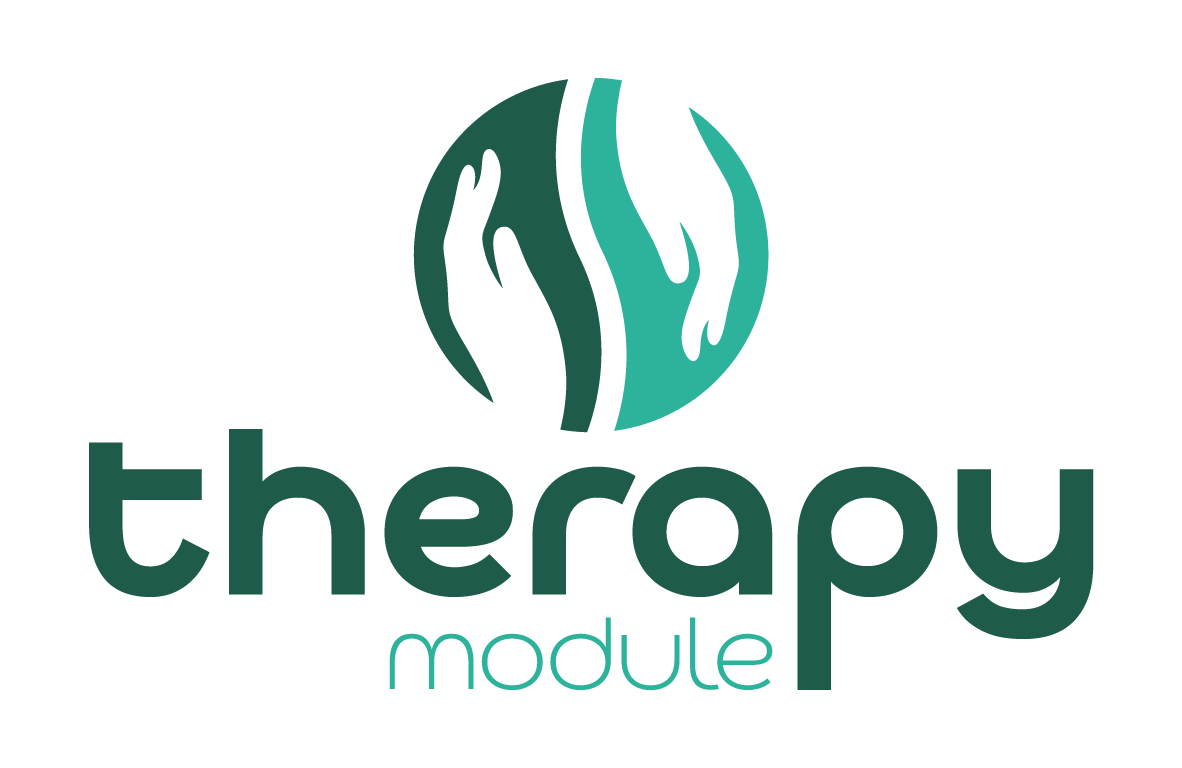EMDR Therapy Phases
EMDR therapy is a comprehensive treatment that combines various elements to maximize its effects. It involves addressing past, present, and future aspects of the client’s experiences. The therapy follows an eight-phase treatment approach.
Phase 1
History-taking and treatment plan development, identifying targets for EMDR processing, including distressing memories and current situations causing emotional distress.
Phase 2
Ensuring the client has multiple ways to handle emotional distress, teaching imagery and stress reduction techniques for use during and between sessions.
Phases 3-6
Identifying a target and processing it using EMDR therapy procedures, involving the client’s visual image related to the memory, negative self-beliefs, and associated emotions and body sensations. The client also identifies a positive belief, rates it, and engages in EMDR processing with bilateral stimulation.
After each set of stimulation, the client lets their mind go blank and observes their thoughts, feelings, images, memories, or sensations. The therapist chooses the next focus of attention based on the client’s report. This process is repeated several times within a session.
When the client no longer experiences distress related to the targeted memory, they focus on the preferred positive belief and adjust it if necessary.
Phase 7
Closure, where the client keeps a log during the week to document any related material and reinforce self-calming activities learned in phase 2.
Phase 8
Examining the progress made so far, processing all relevant historical events, current distressing incidents, and future events requiring different responses.
This treatment approach allows for the resolution of emotional distress, insights into situations, and behavior change. The length of treatment depends on the number of traumas and the age of onset of post-traumatic stress disorder (PTSD).
You can find more detailed information about EMDR therapy from the link.

